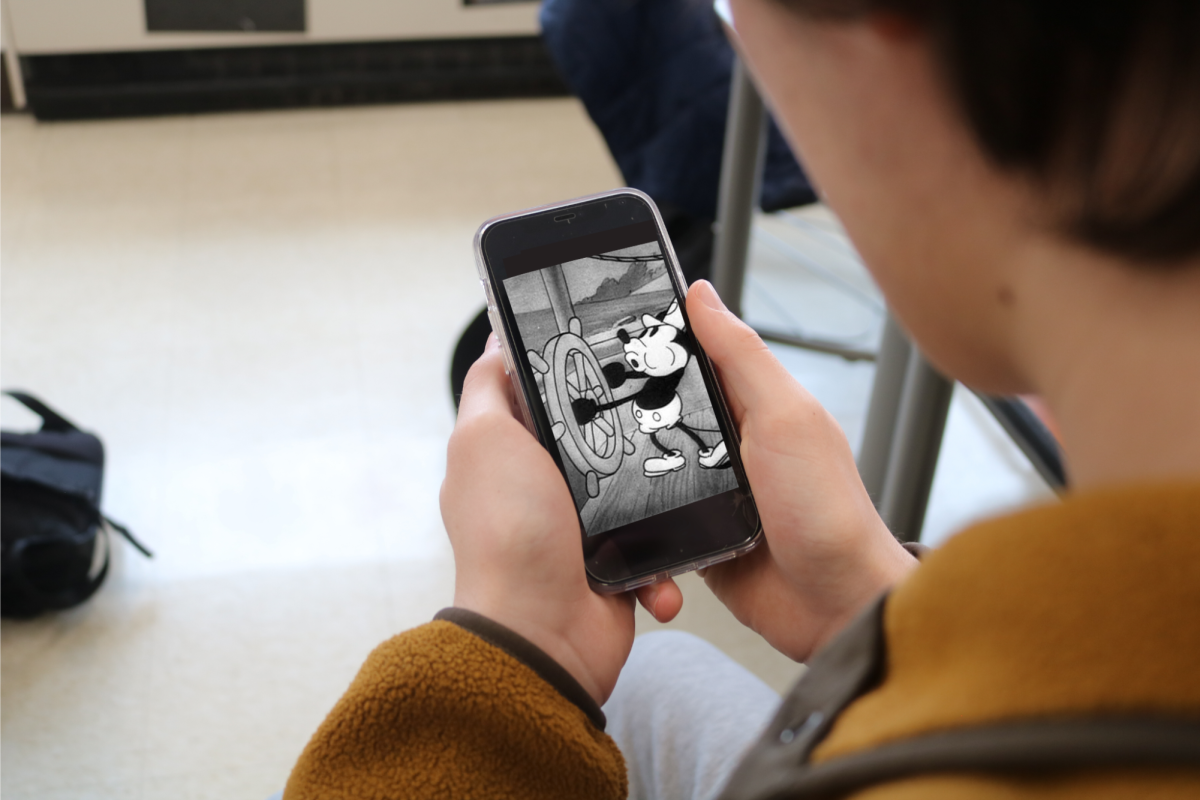With first semester final exams wrapping up, course selection for the 2015-2016 school year has already begun. Starting right away after winter break, juniors began meeting with their counselors to discuss classes for the following year during a free period.
According to the Libertyville High School website page for course selection, appointments for sophomores occur during the last week of January during their English classes, and current freshmen are scheduled to meet the first week of February during their gym or health class. While most people know the basics of course selection — pick the classes you want to take, fill out the form, talk to your counselor — many people do not know the story behind the rest of the process.
First, it is important to know some of the biggest players in course selection.
Counselors are an integral part of course selection. They handle the individual meetings with each student to discuss their plans for not only the following year, but also their plans for college and beyond, all of which could be applied to their high school courses.
The director of student services, Mr. Ole Stevens, handles the overview of the master schedule and process for course selection. It is his job, with others, to break ground every year on a new master schedule and to collaborate with department supervisors to create the best possible schedule.
Ms. Diana Murphey, a data processing specialist here at LHS, works inside of PowerSchool to help build the master schedule. As a master schedule veteran of about 22 years, she balances classes, handles conflicts, works on the master schedule with others, and is still the primary “mover and shaker” in the process, according to Mr. Stevens. She prepares the course selection sheets and PowerSchool selection screens for counselors; prints and sends passes for LST distribution; and conducts many other behind-the-scenes operations before the counselors can even begin the process.
Once course selection does begin, the behind-the-scenes process starts the second a counselor puts the preferred classes for each of their students into the PowerSchool system. According to Ms. Kelly Angelos, a counselor in the A-F LST, the computer does the majority of the work.
“When we meet with the students, we complete the course request form; we enter it into PowerSchool. PowerSchool, then, automatically starts shifting what is available. That whole part is computerized and there’s no human interest into who gets what teacher and when,” she said.
Ms. Murphey elaborated on this, stating that “the computer actually runs the master schedule. It runs hundreds of thousands of different scenarios for every student to try to find the best match.”
Numbers are an essential part of the course selection process because once the number of students enrolled in a class is determined, then the school administrators can determine staffing and start designing the master schedule.
The master schedule is the outline of the entire school day. It highlights every teacher during each period, what classes are running at every moment, where each class is located, the number of students per class, and how many times a specific course runs throughout the day. “[It] then drives the whole school,” according to Mr. Stevens.
Once course selection and “discretionary schedule changes” are closed, the administration starts to look at the number of requests and the optimum size of each class.
“Once the course requests and everything is done, we [Ms. Murphey and her sister, who also works at LHS] compile all the data and give it to Mr. Stevens, the principal, and several other people so they can look at the numbers,” Ms. Murphey explained. “We compile a sheet that says ‘we have this many requests for this course,’ and they go in behind closed doors. They make the decisions if a class will be cancelled due to low enrollment or whatever.”
Mr. Stevens added that “based upon the number of requests we have there, then we can determine…at the district level, how many classes we are going to offer.”
Then comes the “spring epistle.” This is the period of time where the counselors and staff collaborate to piece missing parts of the process together. Counselors notify students if any classes are going to be cancelled and give them alternative options during this time, as well.
“That’s why we don’t allow changes for everybody,” Mr. Stevens stated, “because these kids need something.”
After spring break comes the building of the master schedule.
“We go to the district office with our counterparts at Vernon Hills High School and we use PowerSchool to look at data and then run millions of different options of how the courses are going to fit together, so that we can optimize the best possible schedule, so that less kids are in conflict,” Mr. Stevens said, explaining the next step in the process.
Several details also have to be factored into the building of the master schedule. For example, department supervisors often have requirements depending on the subject: some science classes require a lab and gym classes are limited to the amount of facilities available. Other factors, like commuting teachers, are considered constraining as well.
At the end of April, with factors acknowledged at the district office, the LHS staff returns to the high school to put the master schedule on the magnetic board located in Mr. Stevens’ office. This wall-long board is used to visually represent each class and everything that goes into the master schedule. Color-coded and organized in multiple ways, the board and its magnets are one of the most important units that keeps Libertyville on its feet, and they help everyone involved in the course selection and registration process.
“It was super intense, and I guess I never really thought how they figured everyone’s schedule out,” current junior Sarah Piñón said, recalling the time she saw the board during a discretionary schedule change last year. “I think I just thought they put it in some computer and a magical formula, and it made everything work… apparently not!”
The board gives Mr. Stevens and department supervisors a visual master schedule and a chance to look and move things around to see the relationships between rooms and departments.
“There’s always something,” Mr. Stevens said, while laughing. “[The department supervisors] come in and say ‘What would happen if you could do this and this and this?’ And we plug it in and try to work with them. If it doesn’t work, then we show them where the conflicts are and where it’s not going to work, and where the compromise points are going to be.”
By May 2, administrators and staff in student services will close the books and say they have a completed master schedule. This means that it’s “really, really, really, really hard” to change anything past that point, Mr. Stevens explained. However, student schedules are not finished.
Discretionary schedule changes and conflicts continue after the master schedule is completed. These are made by the counselors in the summer weeks leading up to the new school year.
“After that’s done, we also balance sections. You don’t want one class to have 30, past the optimum, and the other to have only 18 kids in it, so you have to balance it,” Mr. Stevens continued. “The balancing takes a good part of the summer; that’s why we don’t mail the schedules home until all kids have completed registration.”
All in all, the process is a puzzle. It’s long and time-consuming, though everyone involved appears to enjoy the majority of it.
“It’s a very collaborative process. A lot of different compromises and decisions are made; but it’s a really interesting process,” Mr. Stevens concluded.





![Mr. Scott Brzezinski poses for a photo while working at ShurWay Moving in Libertyville where his cousin Mr. Eric Brzezinski also works. He appreciates that LHS prepares students for their future by providing a variety of opportunities. “[There are] a lot of different resources that LHS has between colleges and counselors,” he said. (Photo courtesy of Mr. Scott Brzezinski)](https://www.lhsdoi.com/wp-content/uploads/2025/02/Mr.-Scott-Brzezinski-Photo-2-1200x1200.jpg)


